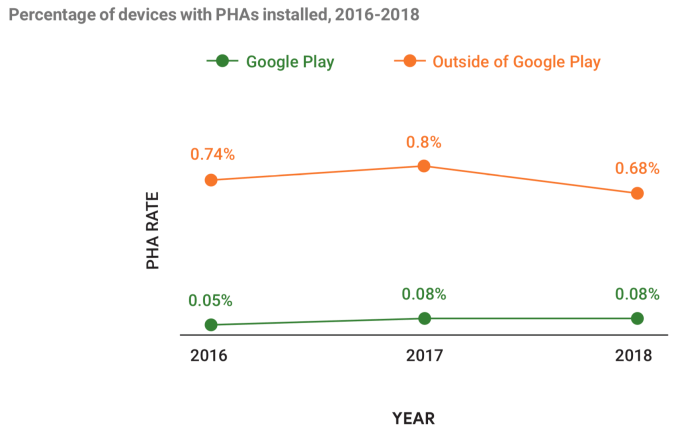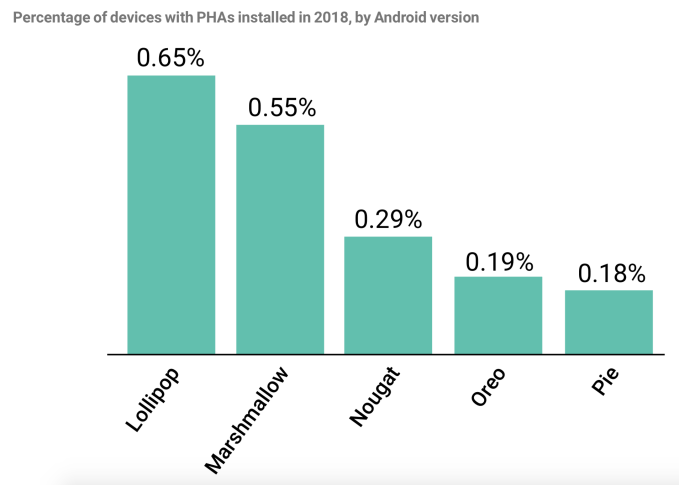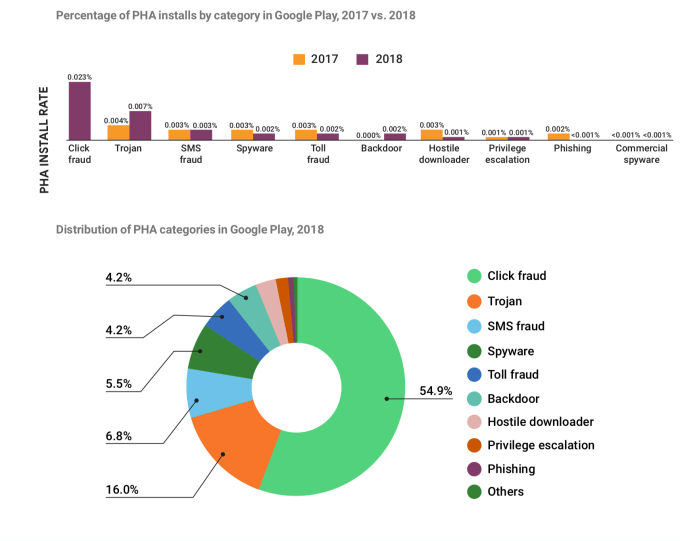At the moment I'm exporting jigsaw puzzles in Prescott, AZ. Once had a dream of getting my feet wet with crayon art in Orlando, FL. Spent a year training wooden trains in Salisbury, MD. Spent childhood selling salsa for the underprivileged. Had moderate success building Virgin Mary figurines on the black market.
Monday, April 1, 2019
How to Engage Your Core (and Breathe at the Same Time)

I hear it all the time: “I can’t engage my core without holding my breath.”
Well friends, I assure you that you can indeed breathe and engage your core at the same time. Put your thinking caps on y’all, cuz I’m about to drop some knowledge on ya.
When we think of the core, we often envision the six-pack muscle that runs right down the center of our bellies (rectus abdominis) or the obliques that form the sides of our waists. But the core is so much more than just those muscles. Your core is a community of muscles that wrap all the way around your torso. Each of these muscles have the ability to contract to flex, extend, rotate, and side bend your spine, plus they can fire together to vigorously “suck it in” — but they also have the ability to contract in more subtle ways in order to offer support as you sit or stand upright.
So when some people hear “engage your core,” they often think that means to create a vigorous crunching type of contraction to powerfully engage their rectus abdominis. Or they may think it means “suck it in” — a vigorous contraction of all the core muscles. But neither is correct.
What It Really Means to Engage Your Core
“Engage your core” is really just a fancy way of saying stabilize your spine — make your torso stiff, don’t let it buckle, twist, sag, or bend. I like to think of it like this: imagine that someone was about to hit you in the stomach and you wanted to stand up tall and just take it. You’d create tone equally in all your core muscles to stiffen up the space between your ribs and pelvis, but not enough to move your torso. It’s not a vigorous contraction of your core muscles; it’s more subtle than that.
We know that the muscles of your core are what cause your spine to bend and twist, but they are also the muscles that STOP your spine from bending and twisting. So by subtly engaging each of the core muscles on both sides of your body simultaneously, you can hold your spine steady so that the individual vertebrae that make up your spine don’t move relative to each other (which can place pressure on the discs).
Now, put that info in your back pocket as we take a look at the mechanics of your breathing.
What to Know About Breathing
Your primary breathing muscle is your diaphragm, which sits up inside your ribs like an umbrella. When you take a big breath in, your diaphragm moves downward toward your abdominal cavity to create a suction effect that draws breath into your nose or mouth and down into your lungs (aka your inhale). As the diaphragm relaxes, it rises back up into your chest cavity and presses the air in your lungs back out your nose or mouth (aka your exhale).
During the inhalation phase of deep breath, the shape of your belly is distorted as the diaphragm presses down and pressurizes the contents of your abdomen. So understandably, your core has to be relatively relaxed for you to take a big breath in. Therefore, deep belly breathing is not a helpful way to breathe when you’re standing or sitting upright, walking running, or working out. (NOTE: deep belly breathing is an amazingly relaxing practice, but it should be done lying on your back since your spine doesn’t need core support at that time.)
So what’s an FBG to do? Not breathe in plank? Hold her breath and hope to not pass out? Goodness, no.
When your core is engaged lightly (not vigorously), your diaphragm has just enough space to move downward into your abdomen a bit, and from there it has the ability to fan and spread outward into your lower ribs.
So, it’s important that we free up our ribs and learn to breathe laterally into them to create space. This breathing exercise will help you get the hang of it.
Core Breathing Exercise
If you can’t see the video below, click here.
- Wrap a belt or yoga strap around your lower ribs, cross the ends of the strap in front of you and take up the slack.
- Gently cinch in around the waist to gently draw the contents of your abdomen toward your spine.
- Take a breath in and rather than directing your breath down into your belly in a way that the shape is distorted, think about pressing your lower ribs outward into the strap.
- As you exhale, feel the ribs draw inward. Repeat for a few breaths.
What exercise(s) do you struggle the most with when it comes to core engagement and breathing? Try this and see if it helps. —Alison
0.04% of downloads on Google Play in 2018 were ‘potentially harmful apps’ – TechCrunch
Google’s Android, now 10 years old, has not been a stranger to security issues over the years. But with the mobile operating system now installed on over 2 billion devices globally, Google has been taking an increasingly firmer grip on trying to bring the problem under control. Now, the company has published its lengthy annual update to take stock on just how well that is going.
It’s a slippery slope to be sure, with the number of apps and the enterprising attempts to maliciously exploit them both growing. To wit, 0.04 percent of all downloads from Google Play were classified as potentially harmful applications (PHAs) by Google, versus 0.02 percent in 2017 — an increase in part because Google is growing the categories it’s identified and is tracking.
But Google said that new policies, such as more privacy-hardened APIs, along a wider implementation of Google Play Protect — its built-in malware scanner that comes with unforked versions of Android — have contributed to the company overall making a dent in the problem.
One area that Google singled out in the report this year was the impact that it’s having on protecting devices and users when they download and use apps from outside the Google Play store.
As this is a newer area that it’s tackling with more focus, there are more quantifiable wins to be had, and broadcasted. It didn’t provide a specific figure for how many PHAs it blocked from the Google Play store in 2018 (note that in 2017 it did disclose this: it was 700,000). But in 2018 it noted that “Google Play Protect prevented 1.6 billion PHA installation attempts from outside of Google Play.”
Notably, when it comes to apps on the Google Play store, on devices running unforked versions of Android, the dent seems to be mostly keeping the problem of potentially harmful applications at bay, while the impact on apps that are sideloaded not through Google Play has been more pronounced.
Google noted that in 2018, some 0.08 percent of devices that used Google Play exclusively for app downloads were affected by PHAs. That figure, however, is actually the same as the year before, and actually a bit higher than the year before that.
In contrast, the impact on those downloaded outside of Google Play has been more dramatic — albeit the problem is clearly a bigger one. The number detected in 2018 stood at 0.68 percent, down 15 percent from 0.8 percent a year ago (which itself also had gone up from 2016).

The chances of installing malicious apps, meanwhile, are improved if you have Google Play Protect working. Some 0.45 percent of Android devices using it, installed PHAs, down from 0.56 percent in 2017.
It seems also that this trend is partly down to general improvements over time across the whole Android ecosystem, with later versions of the OS showing better rates of PHA installs. Notably, however, the reduct between Oreo and Pie was only a 0.01 percentage point. It’s getting more challenging to address the problem after more drastic reductions in earlier years.

In terms of the categories that are covered by PHAs at the moment, click fraud is by far the highest category both in terms of install rates and distribution. Notably, 2018 was the first year that Google started tracking click fraud as a potentially harmful application: in the past it had been classified as a policy violation. This is one example of how it’s looking to cover more surfaces for potential vulnerabilities, but also a surprise to see that it wasn’t part of the mix before, considering how huge it is. Partly as a result of it now detecting and blocking click-fraud post recategroization, Google noted that it “expect[s] click fraud to remain a profitable fraud vector, but at a lower scale than in 2018.”

Google noted that the two biggest click fraud families were FlashingPuma and CardinalFall, and that the main target countries for click fraud attempts were the USA, Brazil and Mexico (USA and Brazil being two of Google’s biggest markets for Android).
While there are straight click fraud apps, Google notes that most are designed around other services, often something that a consumer might use daily — most commonly flashlights, music and gaming apps. In these, “an embedded SDK is executing click fraud in the background, often without the knowledge of the app developers themselves. Distributing click fraud code in this way is easily scalable and makes it easy for click fraud SDK developers to be present in the apps of hundreds or even thousands of developers,” Google notes in its report.
But even as Google gets more sophisticated and strict in how it handles third party players in its ecosystem, the problem continues to morph and find new areas to exploit.
Just last week, a report was published that highlighted how pre-installed apps — the non-Google apps that come on your device either fully installed or as a link to an install — were providing links into vast ecosystems of services that pull user data, and were difficult to remove for anyone but the most technically advanced.
Weeks before that, yet another tranche of 200 apps were identified that slipped in under the radar littered with adware (on top of another 85 apps also loaded with adware that millions of people downloaded months before). Adware isn’t the only ‘ware that has been found in Google apps: in November last year it was revealed that half a million people downloaded apps from Google Play containing malware, too.
And it was only two months ago that Google finally started to crack down and pull apps that were using legacy permissions to access users’ call logs and SMS messages. (Those permissions have been replaced by more privacy-focused APIs, but the fact is that that those permissions used to exist, and Google hadn’t stopped letting apps use them until quite recently.)
While much has been made of the open source nature of Android being one of the reasons that it’s misused in this way, another is the fact that a lot of apps are developed with open source components, and these can be ripe for exploitation. One recent report, in fact, found that no less that one in every five Android apps has vulnerabilities in it as a result of that open source usage.
While it’s misleading to think that Apple and iOS are not prey to similar kinds of exploits — they are — the fact that the Android ecosystem is simply so much bigger, and more open than the tightly controlled iOS platform, makes it an especially interesting target for malicious actors.
All these might not all be malicious in the sense of, for example, hacking financial information or disabling your device, but privacy of information and information security nonetheless go hand-in-hand. Having a grip on one leads to better control of the other.
Angelina Jolie at the United Nations March 2019
One of the biggest things Angelina Jolie is known for is her passionate humanitarian work, and on Friday, the 43-year-old actress attended a meeting at the United Nations to discuss human rights issues. Clad in a white blouse and black pencil skirt, Angelina delivered a powerful speech about the importance of gender equality. "There can be no peace and stability in Afghanistan or anywhere else in the world that involves trading away the rights of women. Worse, still, we see impunity for crimes committed against women and girls in conflict," she said. "As long as we can continue to put almost every other issue ahead of women's rights and participation, we will remain stuck in a cycle of violence and conflict."
Angelina has been involved with the United Nations for several years, and in 2012, she was appointed the special envoy for the United Nations High Commissioner For Refugees. Through the organization, Angelina has visited several refugee camps around the world. Watch Angelina's speech in full above!
Krablr nets new leadership – TechCrunch
News just in: We’re getting reports the board of Krablr has voted overwhelmingly to jettison the sole remaining founder, Wilson Poney, and install an interim CFO to take the company in a new old direction.
“We’re going to make Krablr great again,” said chairman of the board, Goldie Seamann. “We’re not 100% sure what’s been going on around here but the board is unanimous in agreement that Krablr should return to its roots in the fishing industry to provide strong value to stakeholders and its ecosystem.”
“No more ICOs, no more microdosing podcast retreats flirting with white supremacy. Just good, old clean business,” he added.
Seamann, a former consultant with McKinsey, KPMG and OMFG, said the board believes the shell of the Krablr brand can still be salvaged — in spite of its disastrous ICO last year which saw an estimated $260M worth of ‘Krabcoin’ vanish without trace.
The company is said to be in negotiations to offload its Krab.coin arm, developed specifically for the ICO, for a bargain price of around a dozen Dentacoins. It is also working to offload the assets of a previously developed messaging app to a “major social network” in order to extend its cash runway.
No one has seen Poney for months either.
“We believe there are exciting opportunities for Krablr to develop financial services for emerging markets — like offering loans to SMEs, as well as micro-insurance, cross-border remittance payments and other financial services to support those who are actually doing the fishing,” added Seamann.
Developing…
